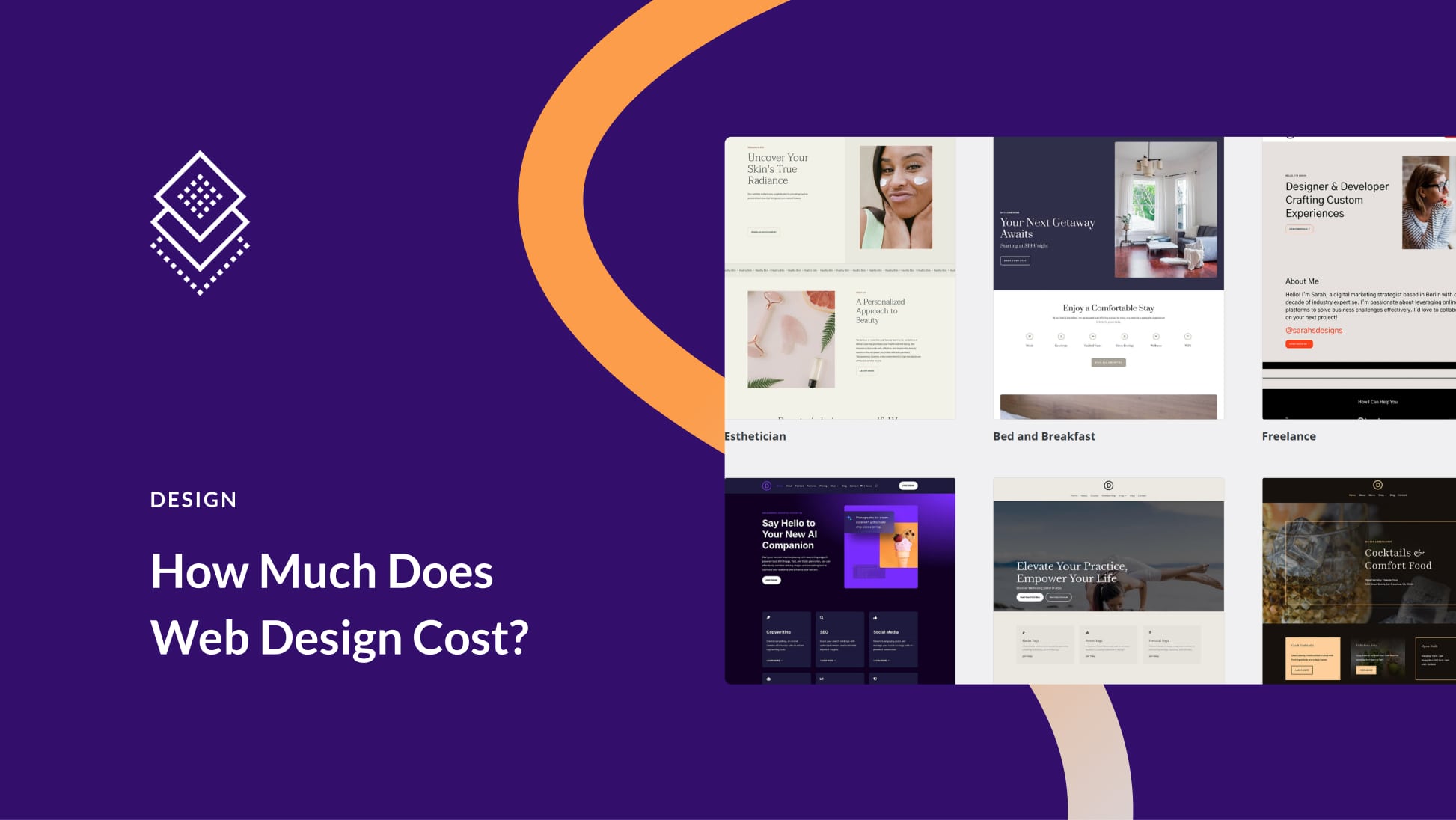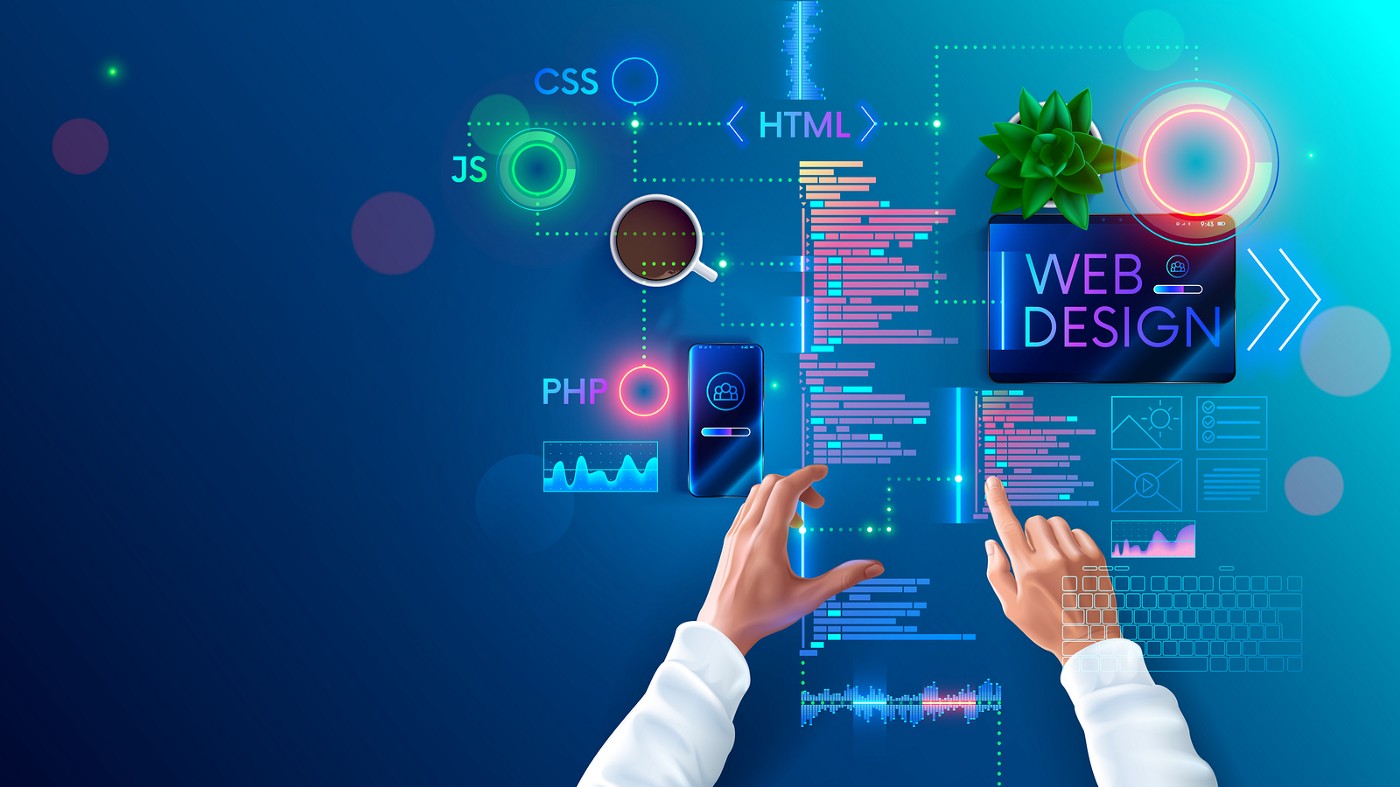Expert Aligned Position Web Design: Elevate Your Digital Presence with Our Professional Services
The Very Best Kinds of Web Layout to Improve Individual Experience and Engagement
In the ever-evolving landscape of digital communication, the performance of Web layout considerably affects user experience and interaction. Different style approaches, such as minimalist, responsive, and interactive layouts, each deal one-of-a-kind advantages that can provide to diverse individual demands. Comprehending which sorts of website design best offer these goals can be essential for services intending to enhance client contentment and retention. The inquiry remains: which design aspects truly resonate with individuals and foster meaningful interaction? The exploration of these concepts discloses crucial insights that may redefine your method to website design.
Minimalist Web Style
As electronic landscapes come to be increasingly chaotic, minimal website design has actually become an effective approach to enhancing user experience. This style approach focuses on simpleness, concentrating on important aspects while removing unnecessary diversions. By making use of adequate white space, simple navigating, and a restricted shade combination, minimal layout promotes quality and routes individual attention to key material.
The core principle of minimal Web layout is to produce a smooth interaction for customers. By lowering cognitive load, users can promptly realize information without feeling overwhelmed. This straight method not only boosts usability yet additionally motivates engagement, as visitors are more probable to explore a site that is visually attractive and easy to navigate.
Furthermore, minimal design often stresses typography and images, utilizing these components purposefully to share messages properly. This concentrate on necessary elements can improve brand name identity and create a memorable individual experience. Essentially, minimal Web design is not just a trend; it is a thoughtful technique that recognizes the relevance of user-centered style. By removing supplementary aspects, designers can produce an extra engaging, efficient, and satisfying Web experience for all individuals.
Responsive Web Style
In today's diverse electronic environment, responsive website design has ended up being necessary for creating a seamless customer experience across a plethora of tools. As customers gain access to sites on smartphones, tablets, laptop computers, and desktops, the ability of an internet site to adapt its format and material to different display dimensions and resolutions is critical.
Responsive website design employs adaptable grids, photos, and CSS media questions to ensure that Web material is offered ideally, despite the gadget utilized. This technique not just improves the visual allure of an internet site yet likewise substantially improves usability. Users are much more likely to involve with a website that provides a consistent experience, as it removes the stress of needing to zoom in or scroll exceedingly.
By taking on receptive layout, services can improve their visibility and get to a broader audience. In recap, responsive Web layout is an essential technique that enhances individual experience, involvement, and general contentment.
Interactive Website Design
Receptive Web design lays the foundation for boosting user experience, however interactive website design takes this a step better by engaging users in a much more vibrant means - Aligned Position Web Design. By incorporating aspects such as computer animations, clickable prototypes, and real-time feedback, interactive Web style astounds users, drawing them into a richer browsing experience
This technique not just cultivates engagement however likewise motivates customers to discover content actively instead of passively consuming it. Methods such as gamification, where individuals gain incentives for finishing jobs, can considerably boost the moment invested in a website and boost total contentment. Furthermore, interactive features can simplify complex information, making it more delightful and digestible.

Incorporating interactive design elements can also cause higher conversion rates, as customers are more probable to involve with a site that proactively involves them. Aligned Position Web Design. Inevitably, interactive Web design changes individual experiences right into unforgettable trips, making sure that site visitors return time and once more
Apartment Design
Characterized by its minimalistic method, level layout highlights simpleness and functionality, removing unneeded aspects and concentrating on important features. This layout approach focuses on usability, ensuring that users can browse interfaces effortlessly and efficiency. By employing a tidy visual, flat design other eliminates the clutter commonly found in more ornate designs, therefore boosting customer emphasis on content and capability.
The hallmark of flat design exists in its use of bold shades, basic typography, and geometric forms. These components add to a visually appealing interface that is both modern and friendly. Furthermore, flat layout fosters a feeling of clarity, enabling users to recognize crucial actions and information without disturbance.
Furthermore, flat design is especially reliable in responsive website design, as its simpleness converts well throughout various gadgets and display dimensions. The lack of detailed structures and gradients decreases loading times, which is critical for keeping individual interaction. As digital landscapes remain to progress, flat style their website continues to be a relevant option for developing easy to use sites that improve general experience. By concentrating on crucial functions, level style not just fulfills user requirements yet also encourages smooth interaction, making it a crucial element of effective website design methods.
Flexible Web Layout
Flexible Web layout customizes the customer experience by creating several dealt with designs customized to various screen dimensions and tools. Unlike receptive layout, which fluidly readjusts a solitary design, flexible style utilizes distinct layouts for details breakpoints, ensuring ideal discussion on numerous platforms. This approach allows designers to concentrate on the unique characteristics of each tool, boosting use by providing specifically what individuals require based upon their context.
One of the key advantages of adaptive Web layout is its capability to optimize tons times and efficiency. By serving tailored web content and photos that fit the individual's gadget, sites can reduce data usage and boost loading rates. This is particularly helpful for individuals with slower connections or limited data plans.

In addition, flexible layout helps with a more controlled and constant branding experience. Because developers produce multiple layouts, they can ensure that the visual components line up with the brand name's identity Read Full Article throughout various platforms - Aligned Position Web Design. This causes a cohesive customer experience, improving interaction and advertising user retention
Final Thought
Minimal style cultivates quality and emphasis, while responsive design guarantees versatility across different devices, promoting ease of access. Jointly, these design comes close to add to the creation of user-friendly environments that not only boost satisfaction but also drive greater conversion rates, underscoring their critical significance in modern Web design strategies.

Minimalist layout cultivates clearness and focus, while receptive style makes certain adaptability throughout different devices, advertising access. Collectively, these style comes close to add to the creation of user-friendly settings that not only improve contentment yet additionally drive higher conversion rates, underscoring their essential value in contemporary Web design methods.